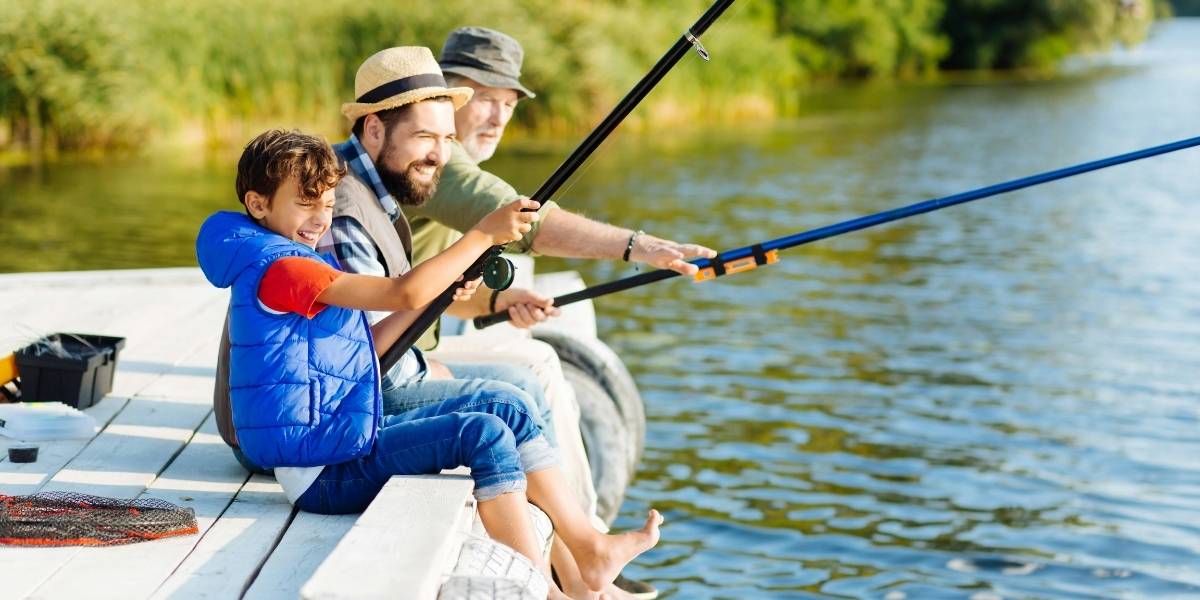Virginia’s warm summers often encourage families to enjoy swimming in pools, lakes, rivers, and coastal areas. Because water-based recreation is a popular pastime, establishing consistent swim safety routines for children is crucial to reduce risks associated with drowning, injury, or accidents. These routines not only guide young swimmers in safe behaviors but also promote habits that foster awareness, responsibility, and confidence around water.
Water environments common to Virginia—such as freshwater lakes in inland regions or tidal waters near the coast—can present varying hazards. Currents, changing depths, and weather conditions all contribute to potential risks, making consistent swim safety practices a vital part of preparation and supervision.
Read also: From Hot Springs to Forest Baths: The Evolution of Wellness Travel
How Does Close and Active Supervision Improve Swim Safety?
Supervision remains one of the most effective ways to prevent water accidents among children. Caregivers and adults must provide focused attention, minimizing distractions such as mobile devices or unrelated conversations when children are in or near water.
In practical terms, this may involve assigning an adult to specifically watch the children while others engage in different activities. At busy family gatherings or public swimming spots, rotating supervisory roles ensures continuous vigilance and reduces the chances of lapses in attention.
Positioning is also key: adults should be close enough to intervene quickly if a child shows signs of distress. At natural water sites, where visibility may be less clear than pools, supervisors need to account for changing water conditions and ensure all children remain within sight.
What Role Does Formal Swim Education Play in Enhancing Safety?
In Virginia, many community centers and swim clubs offer swim instruction tailored for various ages and skill levels. Such programs teach fundamental water skills including floating, basic strokes, and safe entry and exit techniques, which contribute to a child’s ability to navigate water environments more safely.
Along with physical skills, swim lessons often include safety guidelines about obeying pool rules, understanding warning signs at natural water sites, and recognizing water depth markers. Young swimmers learn why running on wet surfaces is unsafe or why they should enter unfamiliar water feet first.
Parents who reinforce these lessons outside formal settings help children develop consistent awareness that persists during all swimming experiences.
How Can Pre-Swim Safety Checks Help Avoid Accidents?
Before children enter any swimming area, it is important to inspect the environment. Checking that pool fences and gates are secure prevents unsupervised access, especially for toddlers. Inspecting pool equipment such as ladders and drain covers can reduce injury risks.
For swimming in Virginia’s lakes or rivers, it is important to look for posted signs warning about currents, water quality, or submerged hazards. Understanding weather conditions and water temperatures can also influence safety decisions.
Using appropriately sized life jackets and ensuring that young swimmers wear them when necessary—especially in open or unpredictable waters—provides an extra safety layer.
Why Are Safe Entry and Exit Practices Vital in Different Water Settings?
Teaching children to enter water carefully helps prevent slips, falls, or injuries from hidden underwater obstacles. Pools generally recommend feet-first entry unless in designated deep-diving areas. Children should also be reminded to avoid running near pools.
In natural waters, the terrain may be uneven or slippery, requiring caution and slow entry. Knowing where safe exit points are located also helps swimmers avoid panicking or struggling in unfamiliar areas.
Demonstrating proper techniques and consistent reminders support safer habits that reduce accidents.
How Does Using a Swim Buddy System Support Safety?
Pairing children with a swim buddy creates a mutual support system. Buddies watch each other for signs of fatigue or trouble and alert adults if problems arise. This practice encourages social responsibility and enhances awareness.
Swim buddies also help prevent children from wandering into unsafe areas alone. Even simple agreements, such as staying within each other’s sight or holding hands when entering the water, strengthen safety.
What Should Children Know About Responding to Water Emergencies?
Knowing how to react calmly if caught in difficulty is an important safety skill. Children should be taught to float or tread water instead of struggling, which can conserve energy and increase survival chances.
Learning how to signal for help—waving arms or calling out—ensures they can attract attention if in distress. While advanced rescue skills may be beyond young children, teaching the importance of calling for adult assistance reinforces safe behavior.
Regular practice and age-appropriate discussions about emergencies build preparedness without creating undue fear.
How Do Post-Swim Routines Support Health and Comfort?
Rinsing off pool chlorine or natural debris after swimming helps prevent skin irritation. Using restroom facilities before swimming reduces contamination risks, which is important for public pools and natural waters alike.
Drying off thoroughly and changing into dry clothes helps avoid chills, especially in cooler evenings or breezy conditions typical in Virginia summers.
Parents and caregivers should watch for signs of exhaustion or dehydration after swimming and encourage fluid intake and rest.
Read also: What to Pack for a Trip to Outer Banks Virginia: Seasonal Checklists
What Are the Broader Benefits of Establishing Swim Safety Habits Early?
Developing swim safety routines encourages lifelong habits that can reduce the risk of water-related accidents into adulthood. Children who grow up understanding safe water behaviors tend to approach aquatic activities with greater awareness and caution.
These routines also contribute to confidence in the water, enabling children to enjoy swimming as a healthy and social activity. Families that prioritize safety often feel more comfortable engaging in a variety of water-based recreation, supporting physical health and social connections.








